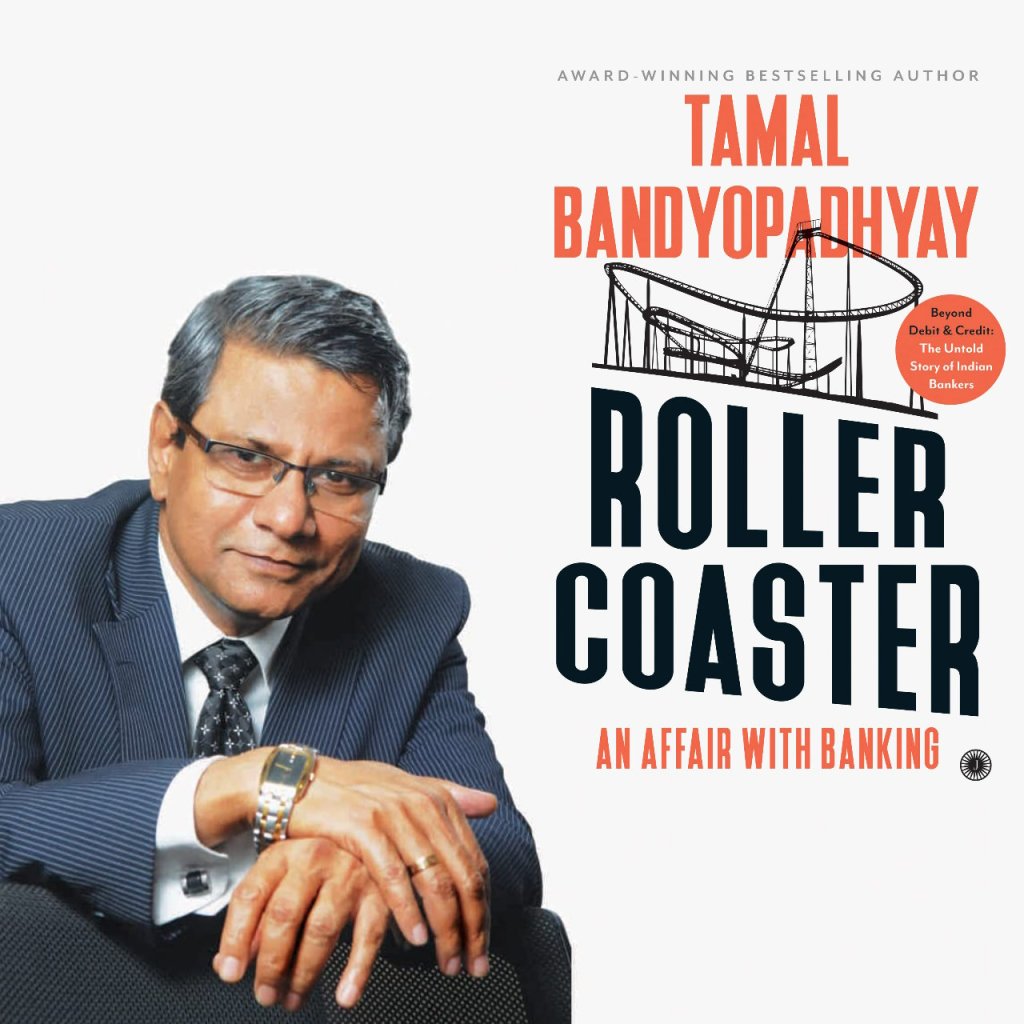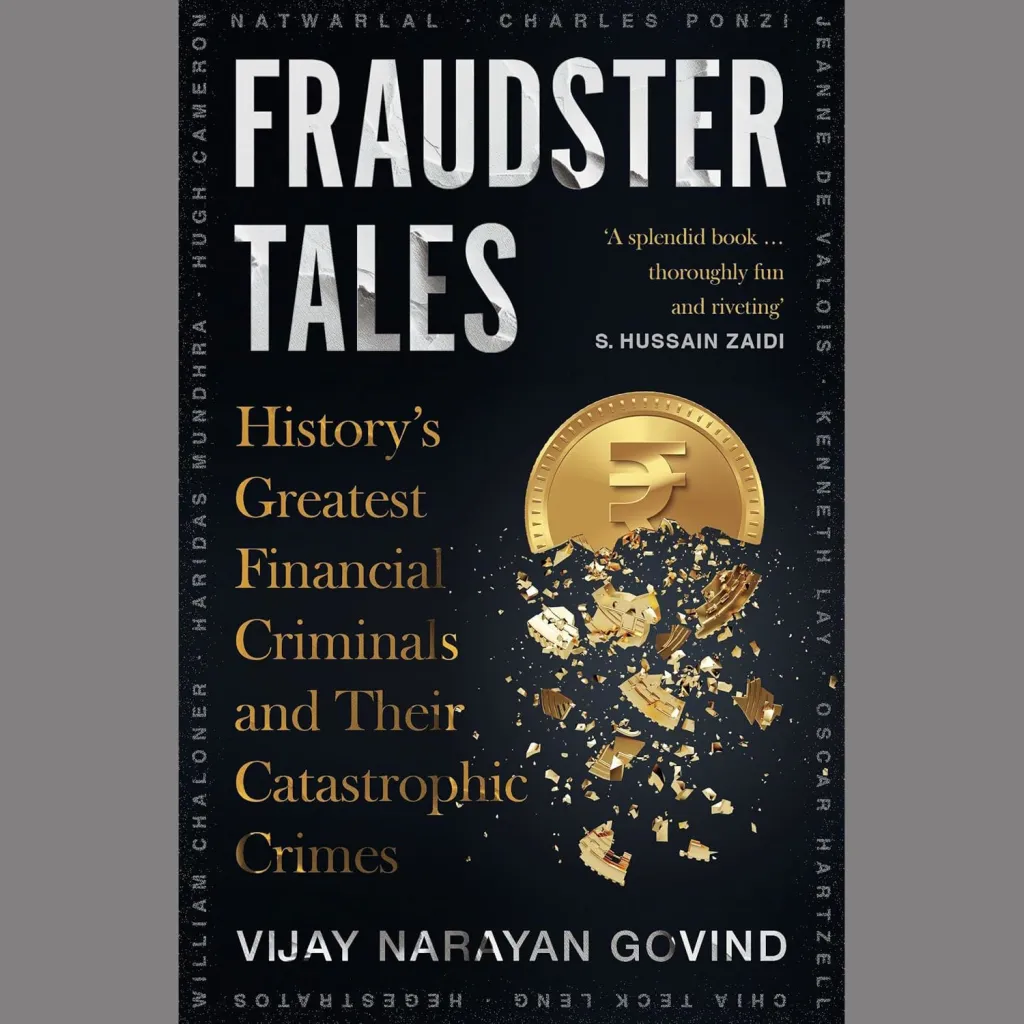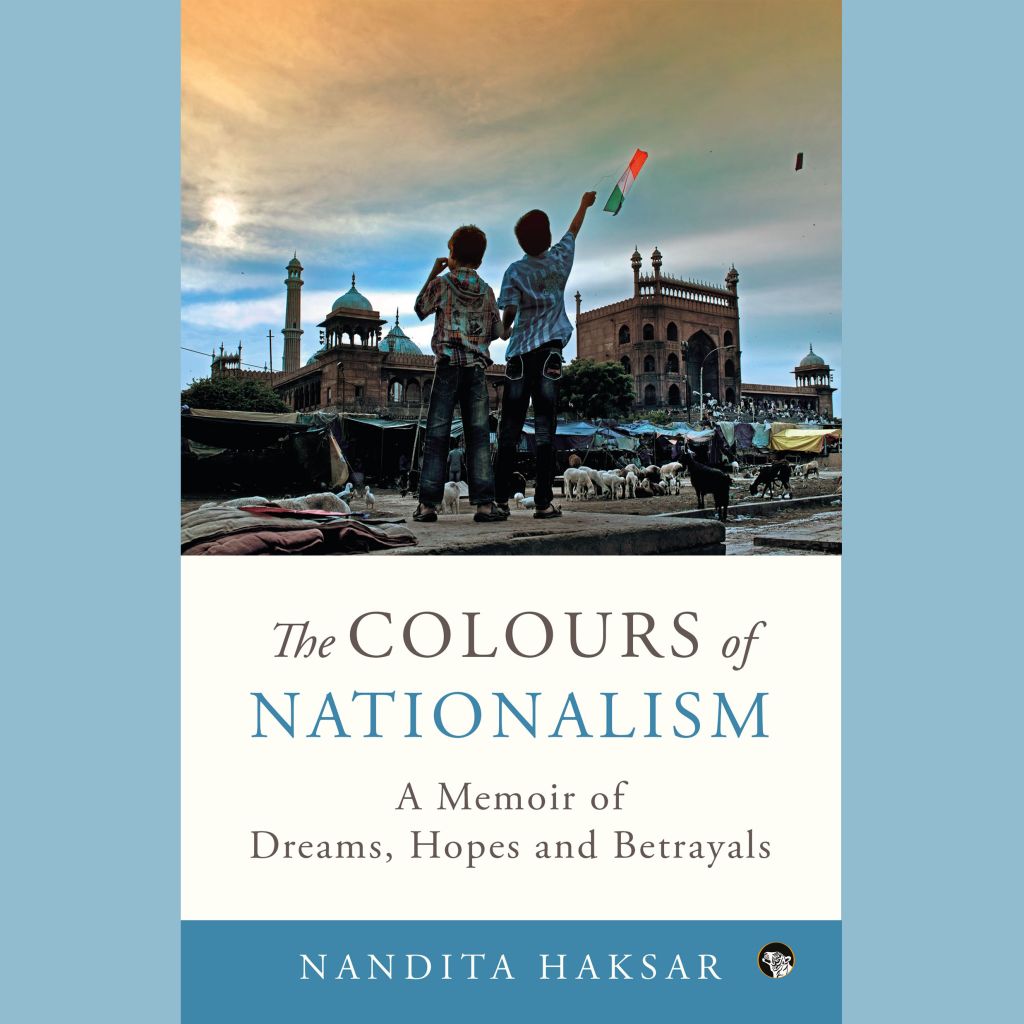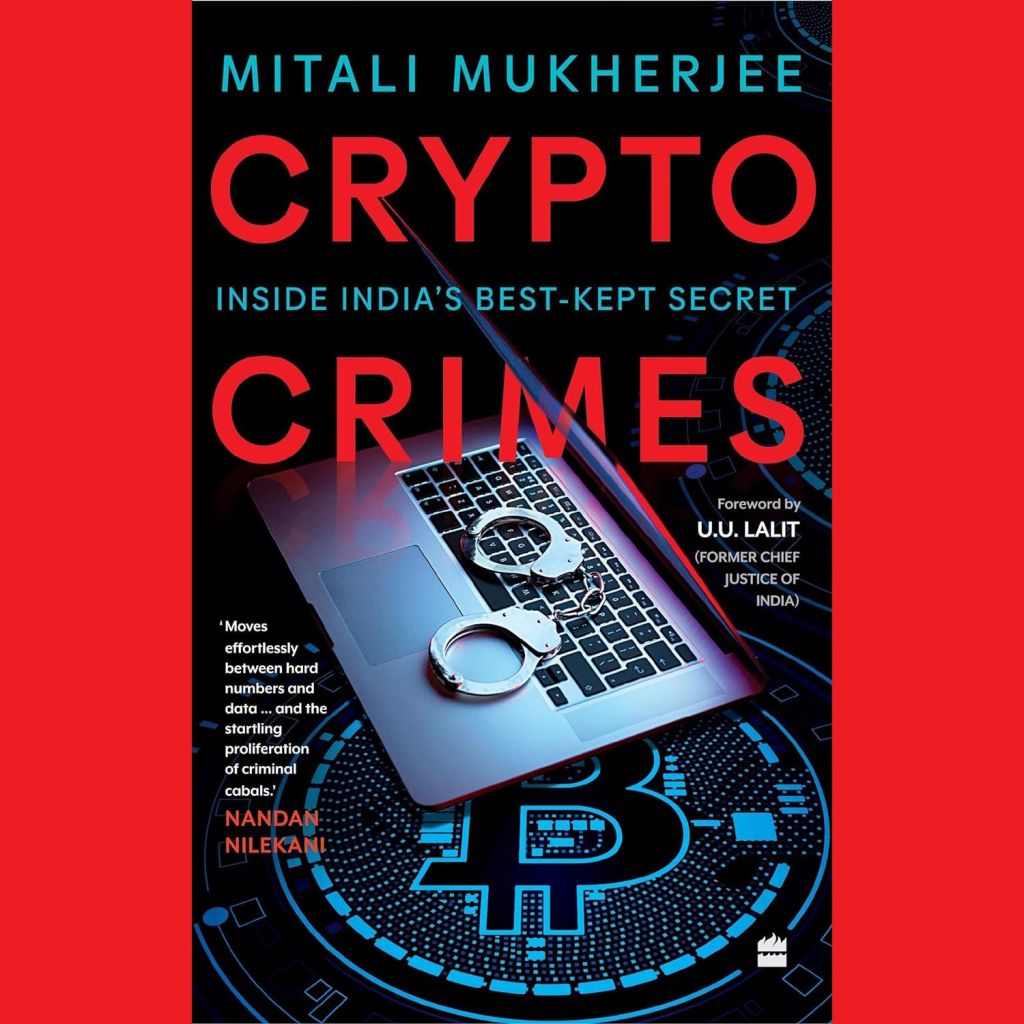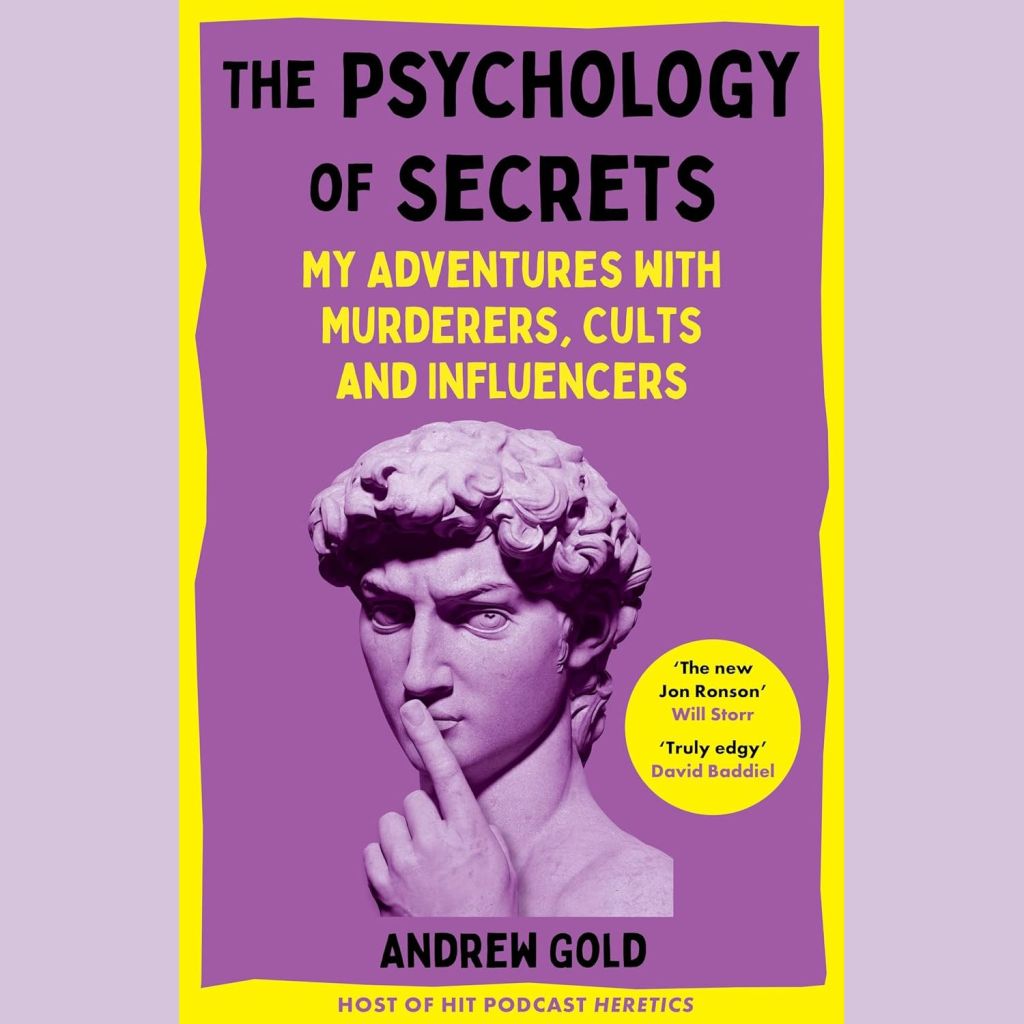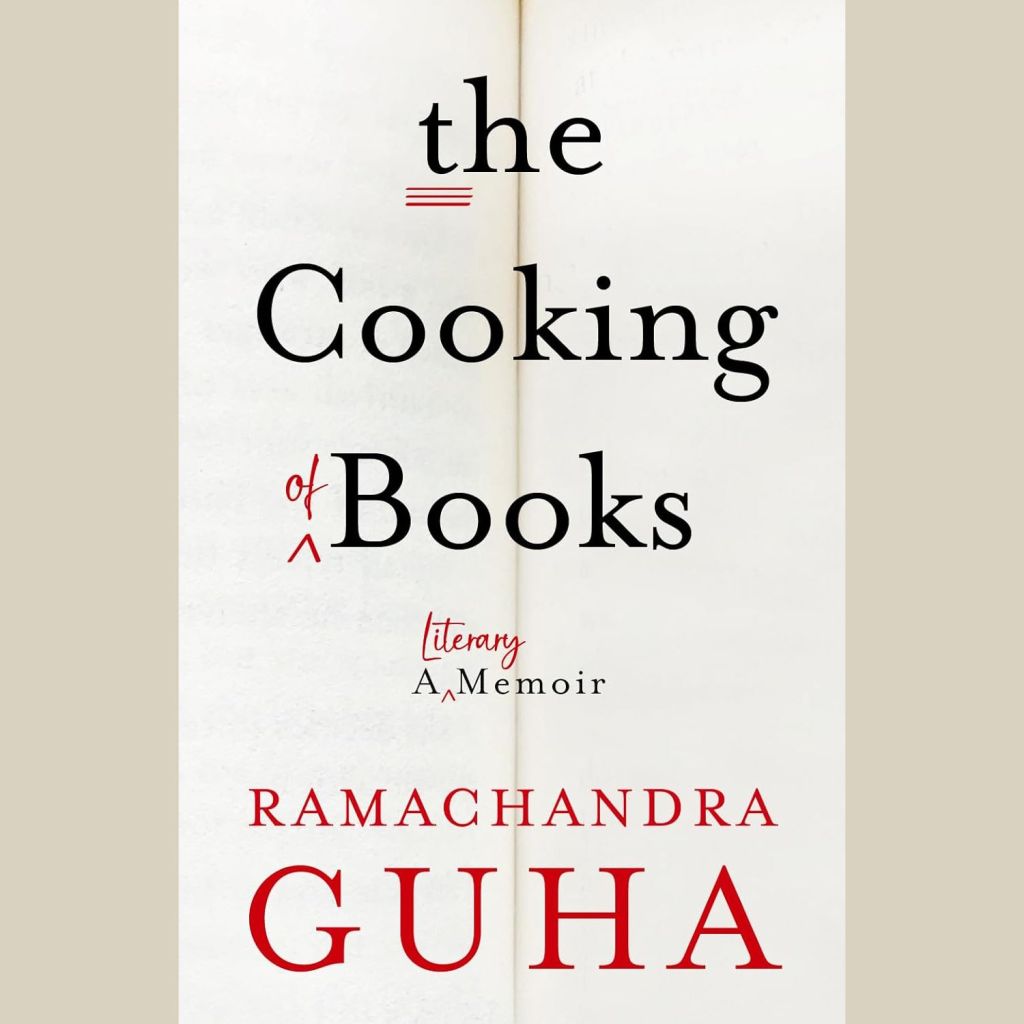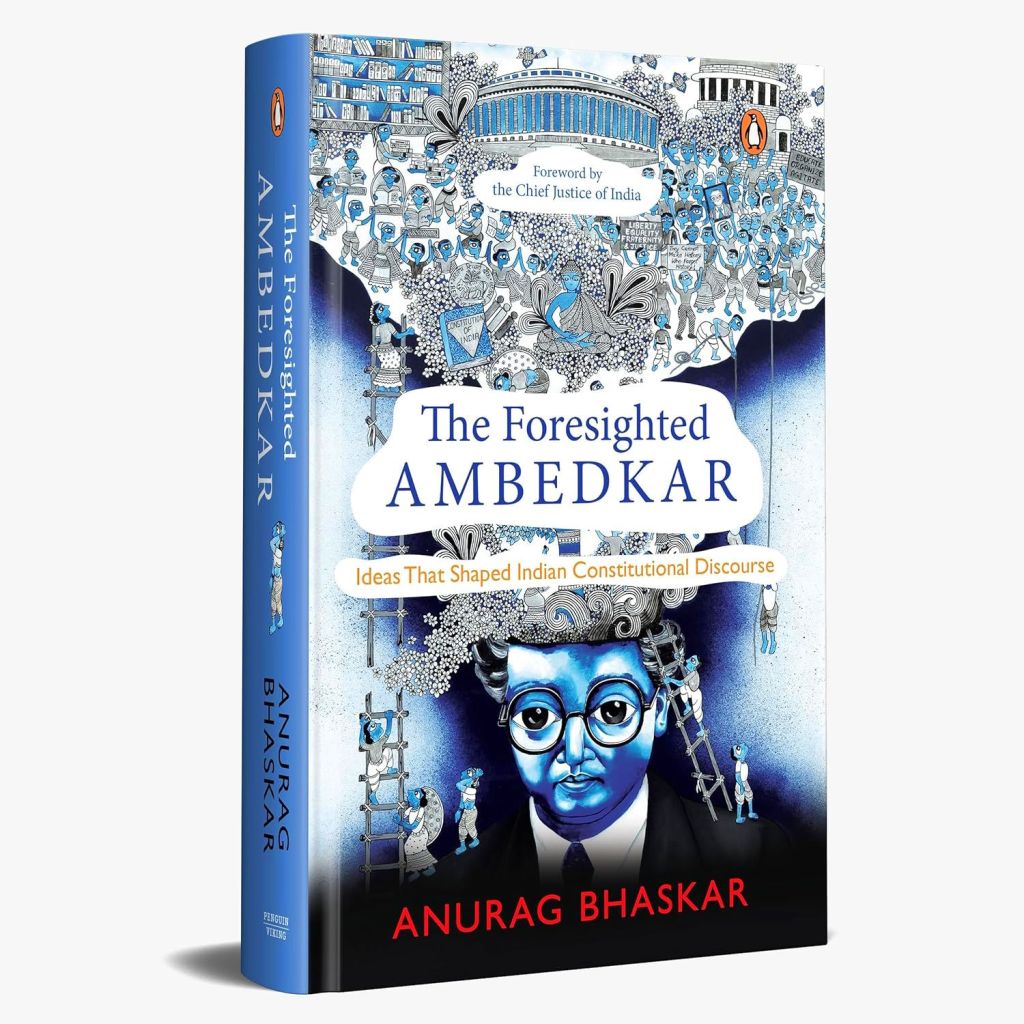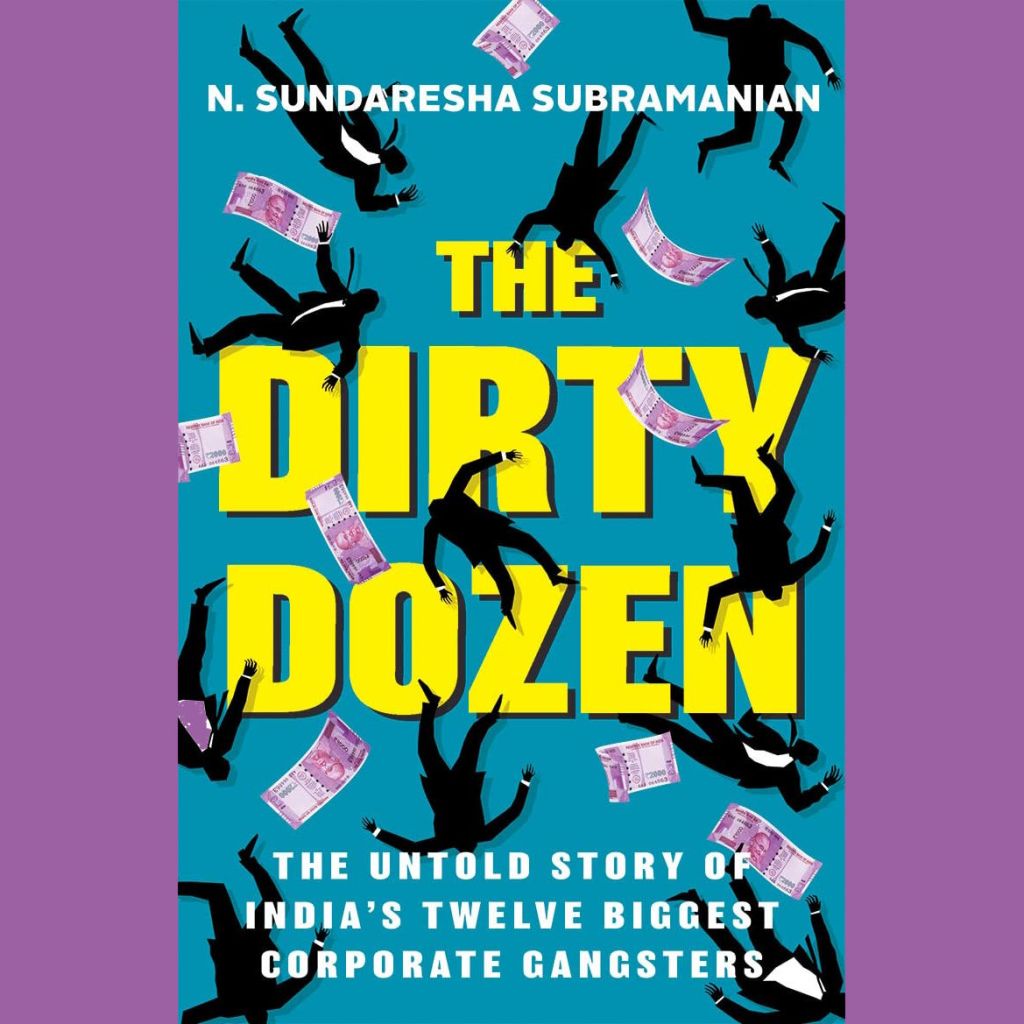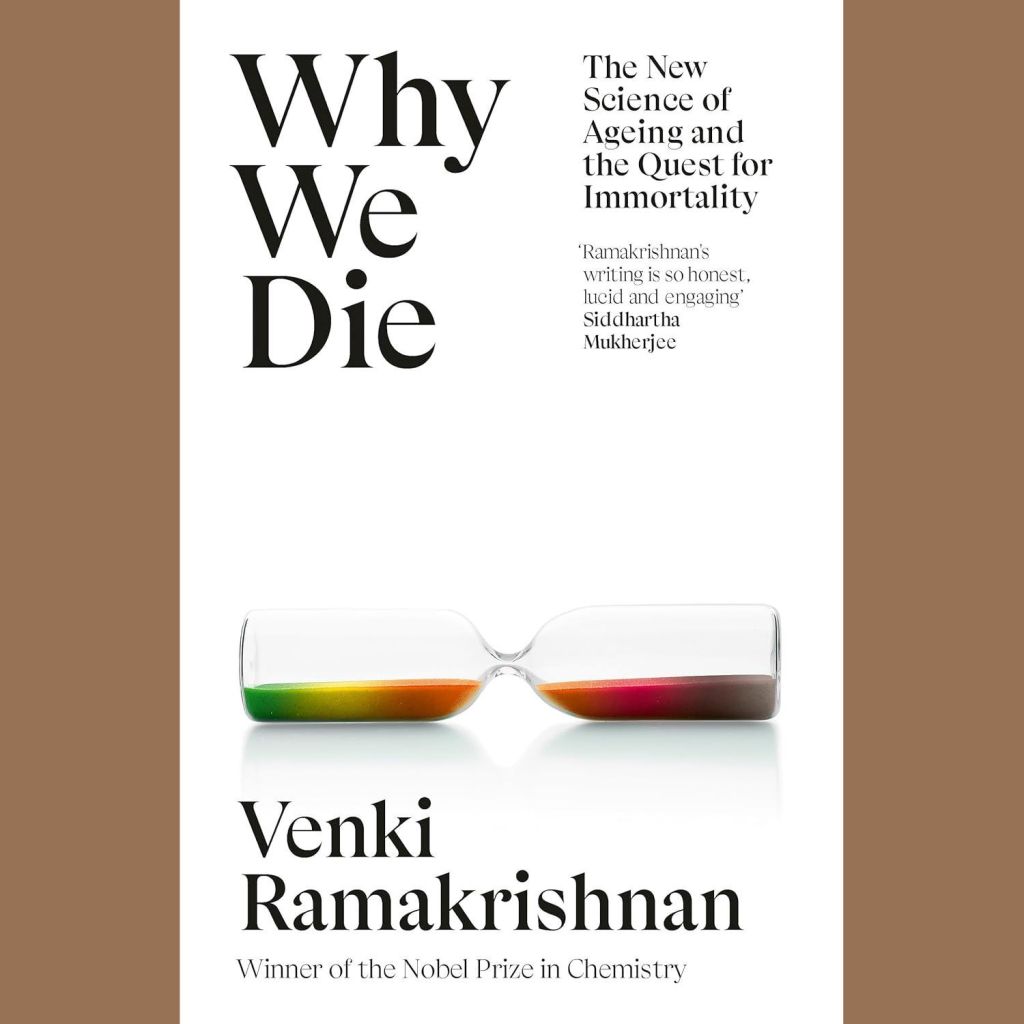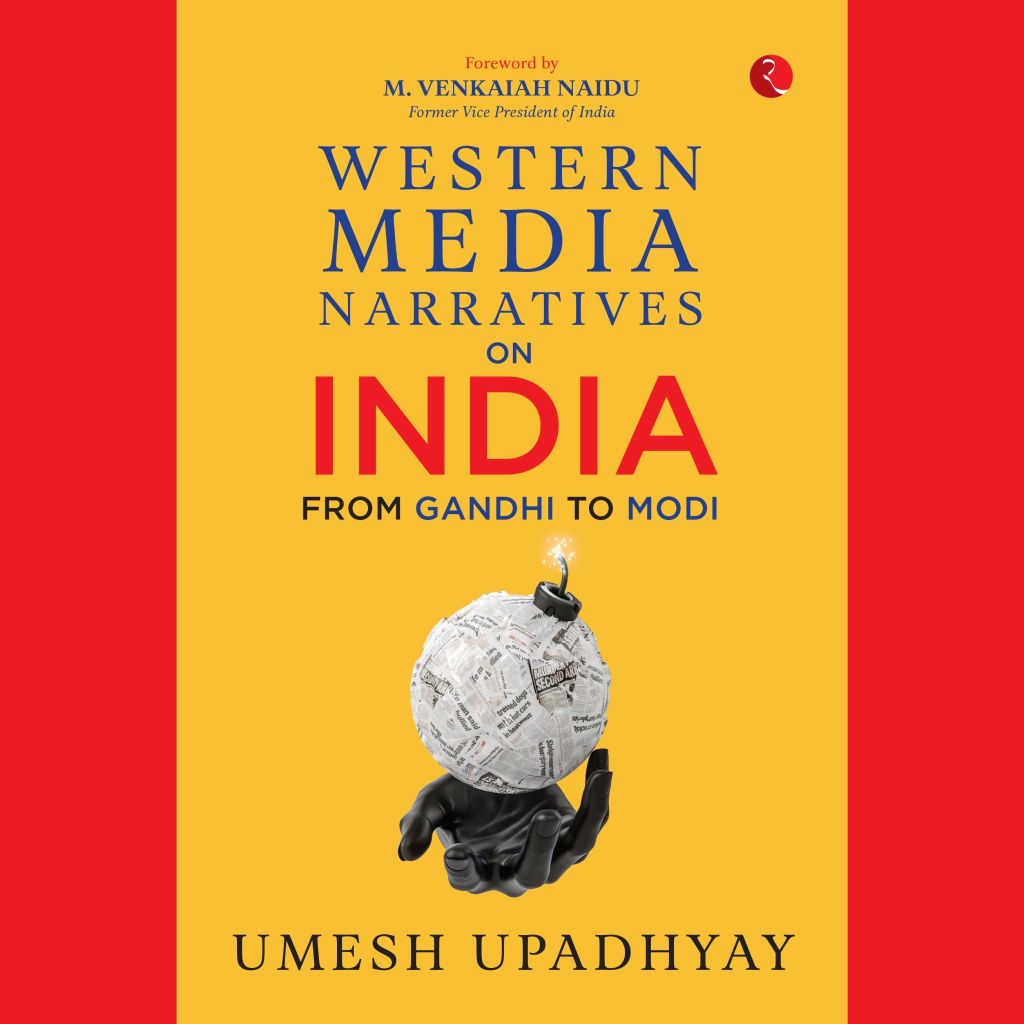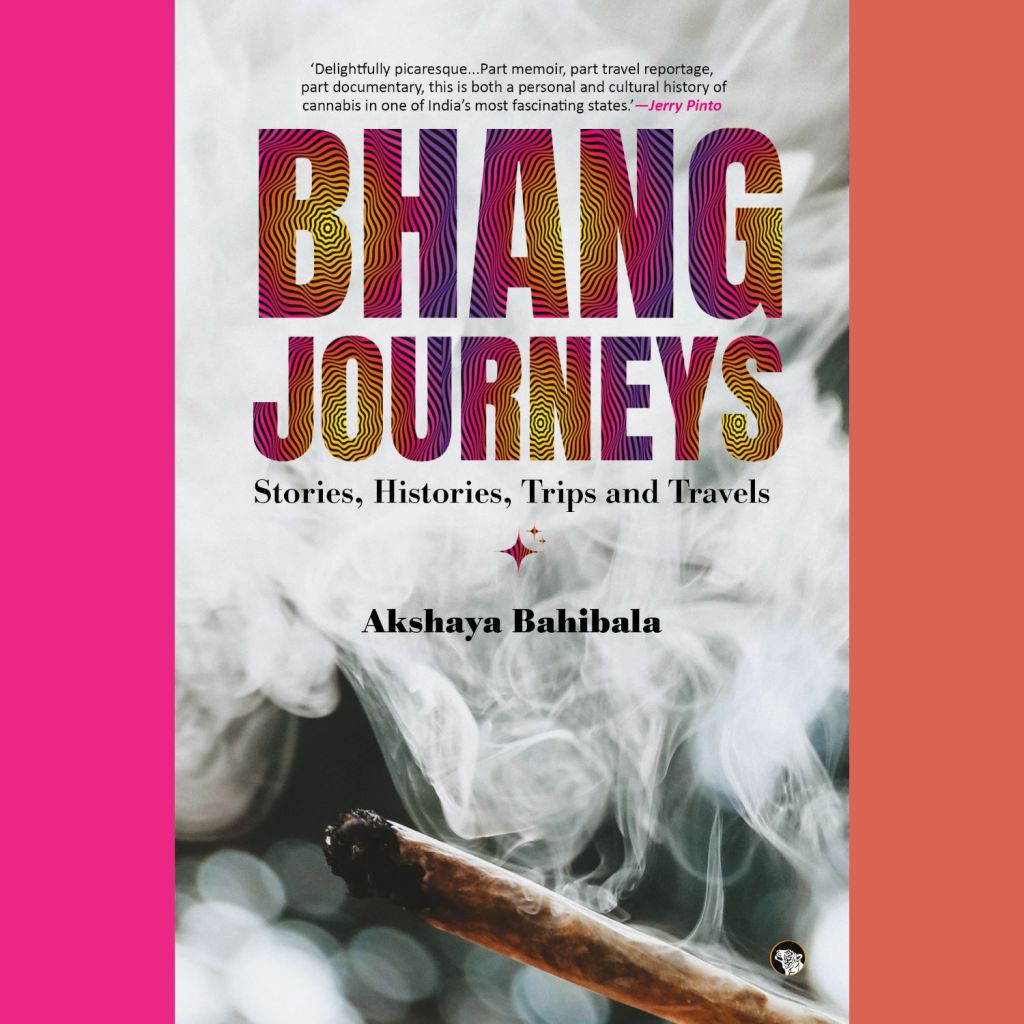One of the most respected business journalists in India, Tamal has worked with Business Standard, Financial Express, Mint and The Economic Times. He has written seven bestselling books on banking and finance and is a recipient of the Ramnath Goenka Award for Excellence in Journalism in the Commentary and Interpretative Writing category for 2017. Tamal is currently a Consulting Editor with Business Standard and a Senior Adviser for Jana Small Finance Bank. His latest book, Roller Coaster: An Affair with Banking, was released in January this year. BooksFirst spoke to Tamal about his work in journalism, his take on the changes the profession has seen in recent years, his views on the Indian banking system and, of course, his books.
You started in journalism in the mid-1980s and have, since then, worked with leading mainline and financial newspapers. Please tell us more about your journey. What have been some of the most memorable highlights for you, with your work in journalism?
I entered into the profession by accident. As a post-graduate of English Literature in the 1980s, there were not many choices. One could either get into teaching or civil service. My elder brother, also an English Literature student, dabbled in both quite successfully. I wanted to do something different, getting into a new turf.
After a series of written tests and interviews, when I got into the Old Lady of Bori Bunder, as The Times of India is called, in Mumbai, as a trainee Journalist, I saw in a large hall many people were typing furiously. I wondered why there were so many typists in the newsroom! I used to write short stories and essays but I had absolutely no knowledge of journalism. It was a one-year training on the job. To be honest, I quite enjoyed the stint even though life was tough in Mumbai, managing a month at Rs 1,050 stipend (Rs 1,050 minus Rs 35 contribution towards the Employees’ State Insurance Scheme) was not easy.
I started my training in the Sunday Review, the Sunday supplement of The Times of India and got confirmed there after a year. I was doing book reviews and other sundry writings besides writing features in The Illustrated Weekly and The Evening News, the afternoon paper of the house.
My entry into bank reporting was also an accident – sometime in the mid-1990s, when the Reserve Bank of India started deregulating the industry in a big way. It was love at first sight. Since then I have been covering the financial system first as a reporter, then as an editor and now as a columnist and author. In the past little over two-and-a-half decades, I have worked with The Economic Times, The Financial Express, the Business Standard and Mint where I was a member of the founding team. At all places, I have had a great time. I have broken many stories, some of them fairly important.
In media/journalism, how have things changed? Compared to the way things were in the mid-80s, what are some of the biggest changes in journalism that you have observed? How has the rise of the Internet impacted newspapers/financial papers, from the editorial perspective?
Things have changed over the years. From typewriters, we graduated to computers in the early 1990s and now the use of technology has radically changed the face of journalism. Social media is another contributing factor. From lazy days of attending a press conference or two in the morning or over lunch or high tea in the afternoon and writing a report in the evening at leisurely pace, now we are in the age of ‘fastest fingers first.’ Stories are broken every minute, as the print media fiercely competes with TV channels and social media platforms. In the process, the due diligence – the hallmark of breaking a story – often gets diluted. But at the same time, there is a parallel stream where the focus is on deep analysis and long form stories, based on extensive research.
It’s an evolving scenario. A few years back, the print media was written off, but it’s still there – not just surviving, but hale and hearty. I think all forms will co-exist in India and readers will have many choices. Print will not die soon.
People talk about editorial freedom being compromised and other stories. I have not experienced this first-hand. I left active journalism eight years ago. Since then, the landscape has changed. It is up to the readers to reject such media houses [where editorial freedom is allegedly compromised].

You have written more than half a dozen books – award-winning books on individual banks as well as the overall banking system in India. Please tell us about the genesis of your keen interest in Indian banking?
I have written seven books of different genres but all are on banking and finance. My first book, A Bank for the Buck, was released by the then Finance Minister in November 2012. The current one, Roller Coaster: An Affair with Banking was released in January 2023. My previous book, Pandemonium: The Great India Banking Tragedy received quite a few awards as the Best Business Book of the Year, including the Tata Literature Live Award. To get one of my books published –Sahara: The Untold Story, I had to fight it out in court, as a Rs 200 crore defamation suit was filed to stop its publication.
As I had told you, I got into the banking turf by accident. And, it was love at first sight. Before covering banks, I used to think deposits are a bank’s assets and loans are its liabilities! Fortunately, I have got great teachers in every field of finance who have been holding my hand and helping me appreciate the nuances of the industry. The advantage for a person who does not have any finance background is that without understanding, I won’t write anything. I don’t seek the cover of jargon to hide my ignorance.
Finance fascinates me as if you can connect the dots, you see the big picture which is changing continuously. It’s fun to watch that.
What is it that makes the Indian banking system unique and, perhaps, very different from Western banks? Regarding business operations and the way our banks work, what were some of the strangest trends and/or business practices you come across?
Banking in India is very different from other nations as not too many countries have such a large chunk of government ownership of banks. The bosses of such banks are not well looked after financially but they have enormous pride in what they do – nation building. In a nation of 1.4 billion population, financial inclusion is not easy but we have made tremendous progress there. Still, more needs to be done. Only one Indian bank, the world’s fifth largest economy, is among the top 50 banks in the world in terms of assets – the State Bank of India.
The government is consolidating the state-owned banking segment to create scale. It is also planning to privatise two state-owned banks. Looking at the future, I think a few more will be privatised but a few should remain under the government fold to look after socio-economic activities. The key question is, should they be considered as business enterprises, at the same time? It’s a classic ‘have your cake and eat it too’ situation.
We are also making rapid strides on digitisation. That’s changing the face of banking.
One area where we are lacking is a vibrant corporate bond market. In countries such as the USA and Germany, corporations don’t knock at the doors of banks for money; they raise money from the market. In our system, there is pressure on banks to lend and in the process, at times, they end up creating bad assets. The depositors suffer as the banks cannot afford to offer handsome interest rates, since they need to cover the credit cost. Also, taxpayers’ money is used to recapitalise some of the state-owned banks to keep them afloat.
Another area that needs improvement is customer’s service. It’s a repressive financial system.

Please tell us a bit about your latest book – Roller Coaster. In some ways, is this book the culmination of your three decades of work in financial journalism?
This book is very different from my past six books. It’s not about changes in the policies and attitudes of bankers and how the sellers’ market has transformed into a buyers’ market. It’s about my affair with banking. About the industry and the dramatis personae I have observed over two-and-a-half decades, first as a rookie reporter and then as an editor and a columnist and, finally, as an author.
One part of the book, a large one, is devoted to the country’s chief money men. But it does not discuss how successful they have been as policymakers; or how they fought inflation and created the right ecosystem for credit and economic growth and maintained the all-important financial stability. Or, why not all of them could be successful in delivering what the economy wanted. Nor is it about the ever-evolving dynamics of monetary and fiscal policies.
It’s about their persona, warts and all. How they were as leaders; how they evolved as central bankers; how they changed the culture and ethos of the Reserve Bank of India, the country’s central bank.
From meetings with senior bankers and senior professionals in finance over the last many years, are there some particularly interesting/memorable anecdotes that you’d like to recount here?
Regarding my intimate interactions with commercial and central bankers – people I have seen as individuals, professionals, public servants and leaders – it’s a string of stories. Many of them are about the bosses of the so-called scheduled commercial banks.
A kitchen help deputed to mop up the perspiration from the bald pate of a public sector bank chairman who liked to munch hot chillies with his lunch in the executive lunchroom.
The chairman of a financial institution who relied on ‘signals’ from the idol of a goddess kept in his cabin for clearing loan proposals.
An RBI governor let down his hair at his farewell dinner to swing to ‘lungi dance,’ made famous by the 2013 film Chennai Express.
Then there was the wife of an RBI boss who made the gardener at the governor’s bungalow on Carmichael Road in Mumbai count the number of limes on a tree every weekend and report to her.
Many more stories, however, cannot and should not be told, and will remain under the carpet.
If some of the revelations that you make in your books don’t go down very well with the people who may be connected to those revelations, what kind of reactions do you get? How do you deal with not-so-pleasant situations in such cases?
This book is not based on interviews. It’s written from what I have gathered over the past two-and-a-half decades through my interactions with commercial bankers as well as central banks – some of whom have turned good friends. There are a few instances where some bankers are not shown in the best light but I have not named them. This is because I don’t want to shame anyone. It’s a fun book but not funny. There are many underlying messages. One of them is: Who is bigger – a bank or the banker who runs it? I don’t expect any adverse reactions. In fact, till now, the feedback from the banking community is great.
I had said earlier about my legal battle when a Rs 200 crore defamation suit was slapped on me to stop publication of the book [Sahara: The Untold Story]. I didn’t give up. I write what I can substantiate.
Personally, what kind of books do you enjoy reading? Would you like to name some memorable books that you’ve read in recent months?
At the risk of being illiterate, let me tell you I don’t read much. During college and university days, I used to read Charles Dickens, Thomas Hardy, et al. I have read the entire work of Ruskin Bond. I loved his stories. Then, Lewis Carrol and PG Woodhouse. These days, I read only those books which have been in the news – just to be able to join the conversation when others are talking about them!
In the past few weeks, I finished reading The Tech Phoenix by T.N. Manoharan and V. Pattabhi Ram, and Doglapan by Ashneer Grover. Now reading Money: A Zero-Sum Game by Krishnamurthy Vaidyanathan and Krishnamurthy V. Subramanian, and Forks in the Road: My Days in RBI and Beyond, memoir of former RBI Governor C Rangarajan.
What is your take on relatively newer formats like eBooks and audiobooks? Do you think these will boost the reading habit among the young or do you think they will lead to the decline of actual, physical books?
I am not qualified to answer this question. Personally, I prefer to read while holding a book and feeling it. But eBooks and audiobooks are gaining popularity with the millennials and the zoomers. Will this habit ring the death knell for physical books? I guess not. It is the same story that the print media is undergoing. It exists and has wide acceptance even in the current digital world.
Visit Tamal Bandyopadhyay’s website here
With Tamal’s kind permission, here is a book excerpt from Roller Coaster: An Affair with Banking
Those days two large industrial houses in Mumbai were fighting each other on multiple fronts. The larger of the two took a unique route, tapping sub-staff of the lead agency that was handling most of the loan proposals involving its rival. Those staff, I am told, were obliged to the larger industrial house, which maintained a fairly greased purse ready to cater to their multiple familial and social requirements – children’s education, daughters’ wedding and such.
In return, all they needed to do was check the subjects of the files they carried from the cabins of one boss to another. If it had anything to do with the rival industrial house, they would need to take a small detour, photocopy the file and pass on the copy to the big brother the next day.
From those files would leak not-so-pleasant stories about the rival industrial house to the trusted reporters of business papers. A leak of only those pages that expressed, say, the displeasure of a consortium of banks with the progress of certain projects, or a threat to recall the loans, not the full file.
The Underwriter Goddess
My single point agenda was to cultivate the chairman of the development financial institution but it was not easy. In one of our meetings, he led me to the sanctum sanctorum of his grand cabin – where a small replica of a temple was placed. Each time a loan proposal would come to his table, he would keep it at the Goddess’s feet. If it stayed put there, it would be approved. If it fell, his answer would be a ‘no’.
Of course, the proposals would be formally accepted or rejected by different committees but the ultimate stamp of approval would come from “Ma”. Unless the Goddess is ready to underwrite, not a single proposal will move!
My efforts to get to know him continued for months. For whatever reason, one evening he looked cheerful and asked me whether I would like to drop by at his house for a cup of tea. Like a schoolboy, I followed him.
While we were having our tea, he suddenly asked me whether he could introduce his daughter-in-law to me. Daughter-in-law? I knew that his son was studying at a US university but didn’t know that the boy had already got married. We were sitting in the lobby of his large flat. He started calling his daughter-in-law. “Chhaya, Chhaya” (name changed). Someone was trying to open the doors of one of the bedrooms. He got up, took a few steps and opened the door. A big cat jumped out of the room.
I could see the happiness on my man’s face. I looked around and saw big framed photographs of the cat on all four walls. I had not noticed the photos earlier.
Chhaya on my Lap
Keeping Chhaya on his lap, the chairman told me her story. His son had found the cat in his university, stuck in a lift. He rescued her, fell in love with her, but there was no way he could keep her in his hostel. So, he packed her off to India. “She follows only English,” he told me with a lot of pride. “No Hindi, No Marathi.”
By opening the door for Chhaya, unwittingly he opened his door for me. I am a cat lover; I had grown up with many cats in our house. In no time, I won her heart. She was on my lap. The tea time stretched into late evening and I ended up having a couple of pegs of single malt with him and dinner followed. And, of course, I tried to speak to Chhaya non-stop in my American English. “What’s up? How are ya?” Chhaya was impassive. The chairman spoke non-stop.
From that night, till his last day in office (unfortunately, that was not a long period), both Chhaya and he ate out of my hand.
More Stories:

